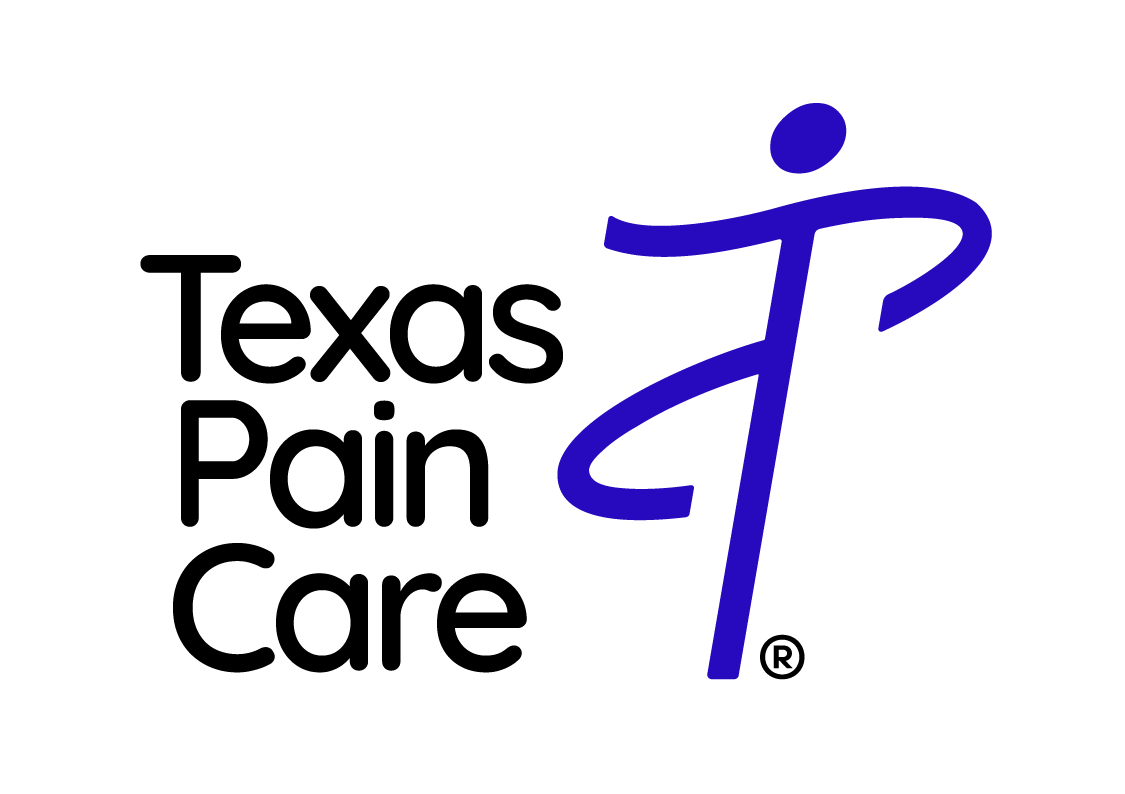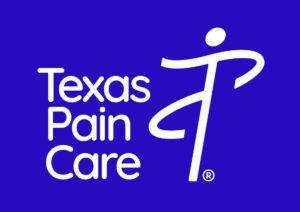
There are plenty of reasons why a person will experience temporary back pain at some point in their life. Lifting something too heavy, twisting too quickly, exercising too feverishly, and more. However, when the pain won’t go away after a few days of rest and relaxation, there’s reason to believe that there’s a larger issue at hand.






